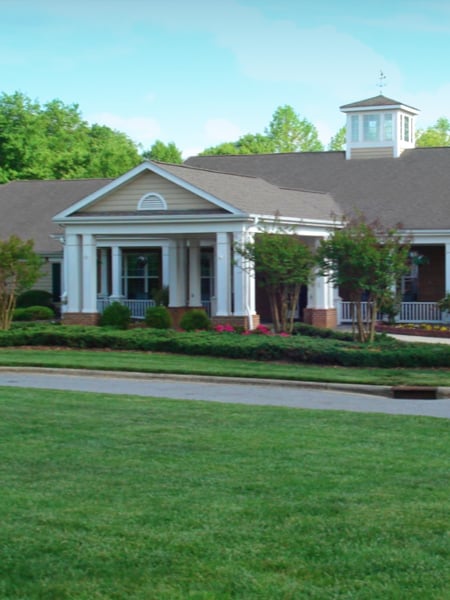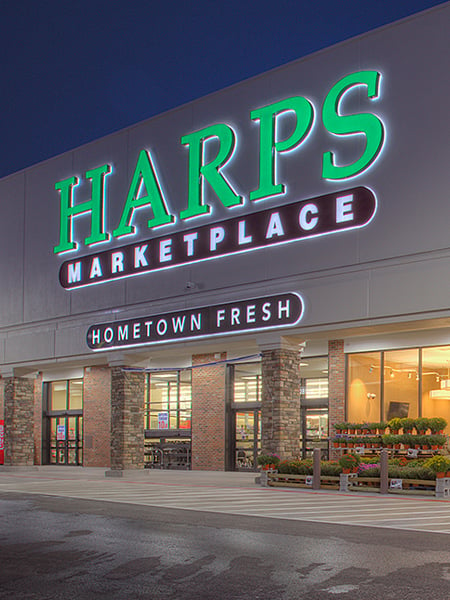Four technologies helping to future-proof the Senior Care industry
by Sean Oliver, on July 14, 2020
Even before COVID-19, many assisted living facilities and other senior care organizations were struggling to survive the inherent pressure cooker of the industry. Providers already face a talent shortage—with turnover rates ranging from 40-75%; job openings doubling in nursing care facilities, assisted living, and continuing care retirement communities; and an expected spike in demand for home health and personal care aides of 36% by 2028. Because of this, senior care organizations are paying hundreds of thousands of dollars in hiring and training costs each year, and they now need even more resources so they can effectively protect their residents from the relentless COVID-19 pandemic.
However, with all of these challenges comes opportunity. As many have noted, smart communities are accelerating their technology adoption by leaps and bounds in order to take control, build resilience, and prepare for a post-pandemic future. A wide range of increasingly popular technology solutions are helping senior care facilities improve efficiency, caregiver morale, and even patient outcomes. Before COVID-19, the majority of healthcare IT’s attention was consumed by lengthy, costly electronic health record (EHR) rollouts. But as assisted living organizations begin to adapt to their new normal, many are experimenting with other helpful tools that deliver significant value in less time.
For example, here are four different ways forward-thinking senior care homes are leveraging technology to ensure their operations run smoothly around the clock, keep employees happy and productive, and deliver the best possible care for their residents and patient families:
- Videoconferencing and tele-health — Patients and their families benefit greatly from pervasive access to mobile communications and video calling apps like Zoom or Skype. As communities rapidly adopt these tools, patients can stay better connected with their loved ones and with the medical care they need, even as they maintain a safe distance in order to comply with COVID-19 guidelines. The meteoric rise in video communications over the past few months will only continue as facilities see the benefits of nurturing these vital connections.
- Team collaboration and communication apps — In order to bring down the high levels of turnover common to most senior care facilities, smart organizations are finding new ways to empower their teams through mobile-first apps like Crew. By connecting caregivers within and across communities to the information they need to do their jobs well (e.g., updates on new policies and training, peer-to-peer knowledge sharing, daily task lists, or even flexible shift covers), these platforms help increase overall employee engagement and streamline workflows.
- Smart speakers and other voice-assisted tools — Many communities are already embracing devices like the Amazon Echo Dot to engender independence among their older residents. Voice-activated tech can also reduce staff workloads (and keep them hands-free where possible). For instance, emerging tools like LifePod use programmed routines to help patients feel more connected to their caregivers and quickly relay critical updates to nurses or loved ones, who can then prioritize their care appropriately.
- Intelligent sensors and wearables — Finally, there are a host of Internet of Things devices that capture valuable patient data so caregivers can focus their attention where it matters most. For instance, nonintrusive motion sensors or wearables can help monitor a resident’s physical activity to alert staff if there is a fall or someone appears to be stationary for too long, or even use location data to support COVID-19 contact tracing.
Ginna Baik, senior care strategist at CDW Healthcare, pointed out in her recent HealthTech article that “...technology can positively impact workload management and productivity, giving caregivers more time to provide direct care and enjoy their interactions with residents.” This is a crucial advantage if you’re trying to hire and retain senior care workers in today’s competitive talent climate, as explained by Kathleen Weissberg, education director for Select Rehabilitation, who pointed out, “If we’re not giving employees what they desire, we’re going to lose them.”
Thoughtful assisted living administrators are adding many of these simple, easy-to-use solutions to their technology ecosystems and clamoring for more next-generation tech that’s constantly getting better, faster, and easier to use. Given how essential proper staffing is to this service industry, the biggest benefits of all can be realized when this kind of technology helps your employees become more engaged with both residents and the rest of the organization.
To learn more about communications best practices in healthcare, download our free guide: “Healthcare Playbook: Communicating with Impact.” In it, we explore actionable tips and advice to help administrators achieve greater reach and engagement with their employee communications strategies. As always, feel free to share your own stories with us on Twitter and stay tuned for more COVID-19 resources from Crew and around the web.


